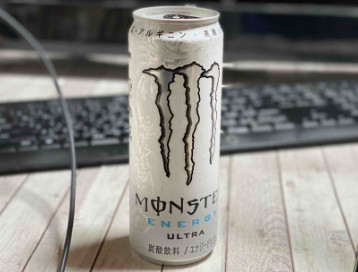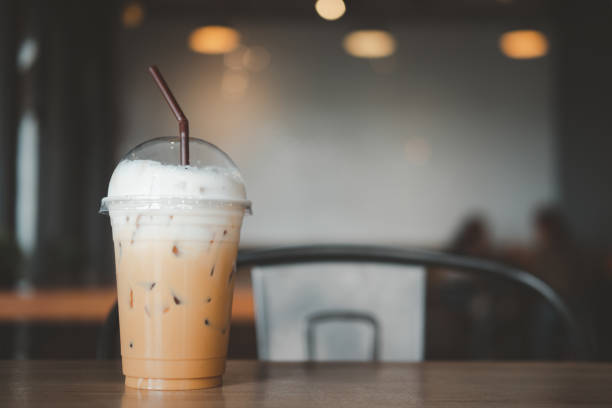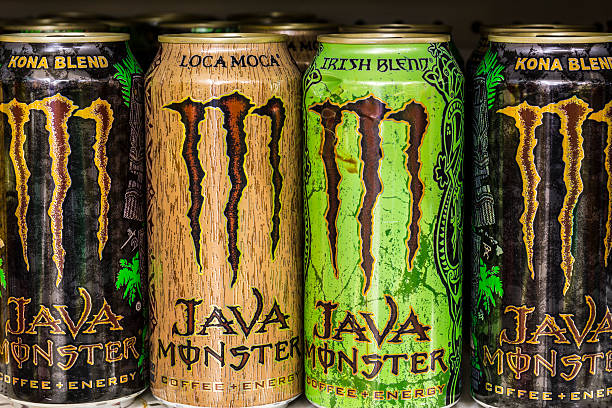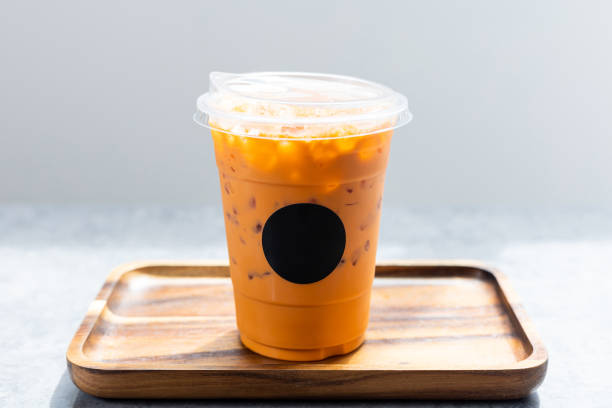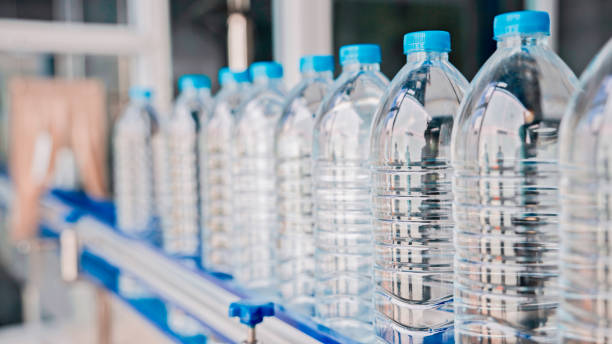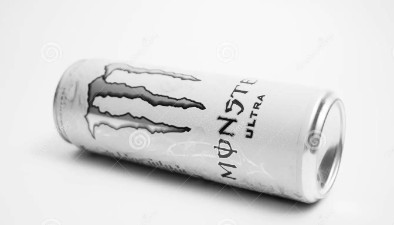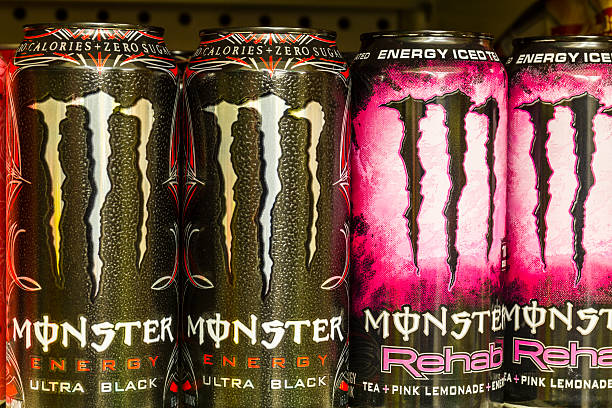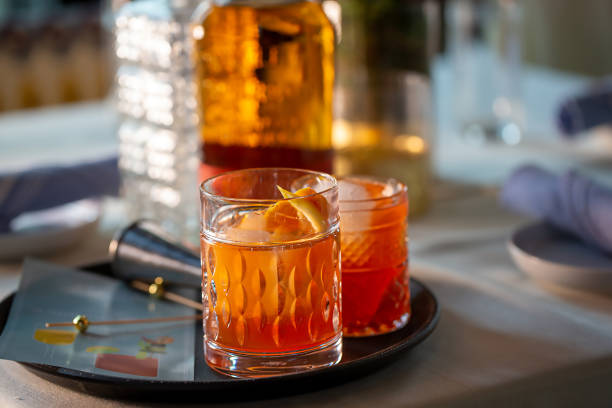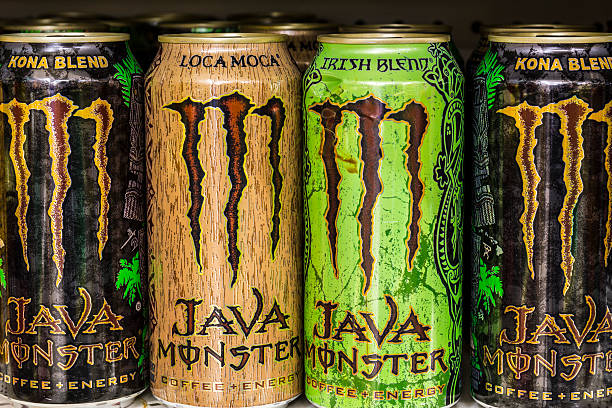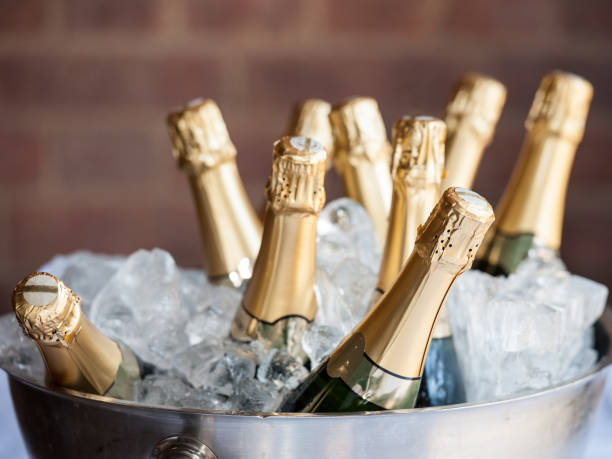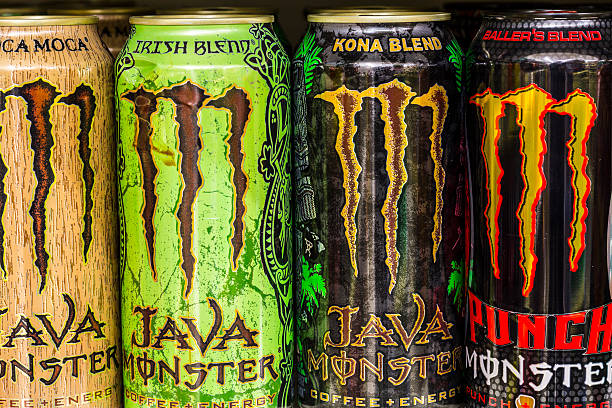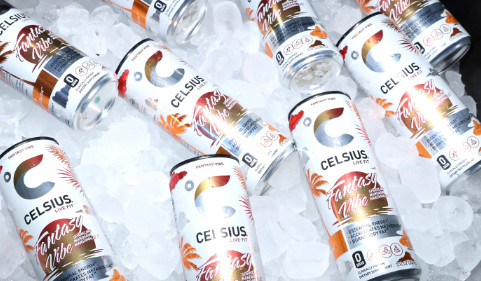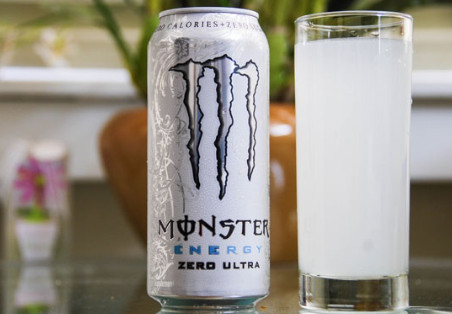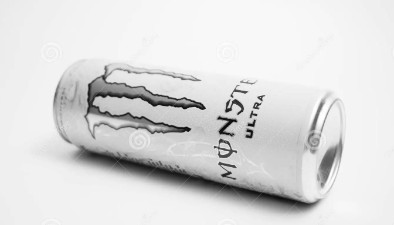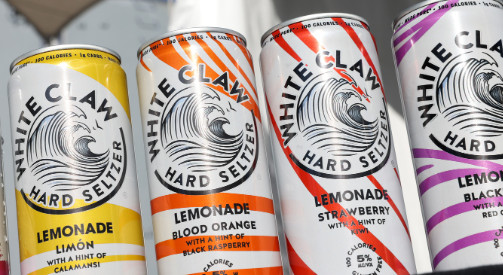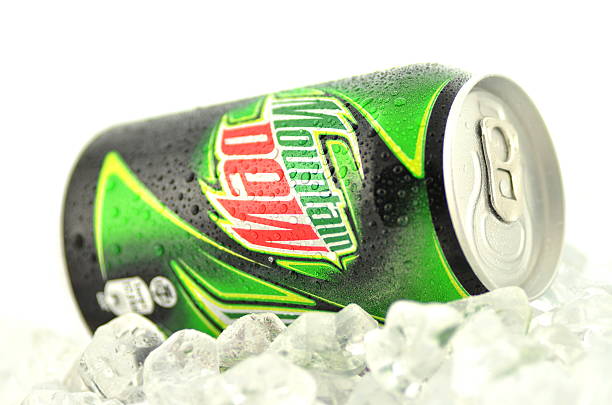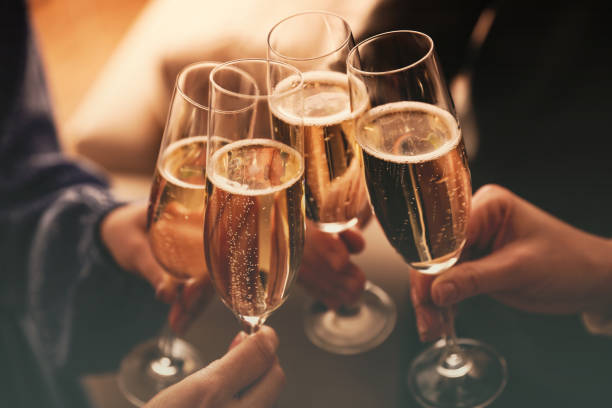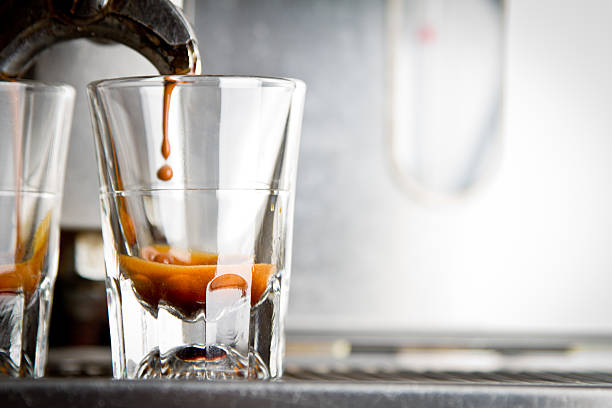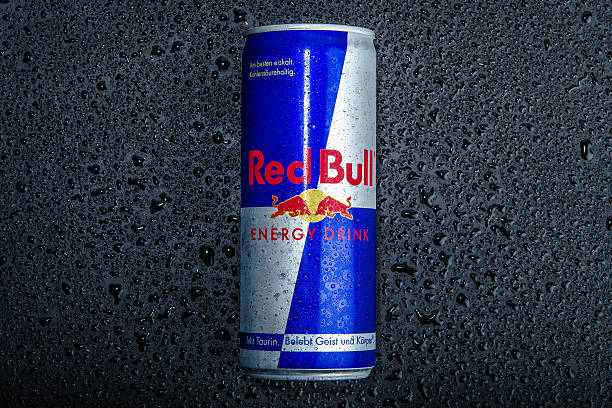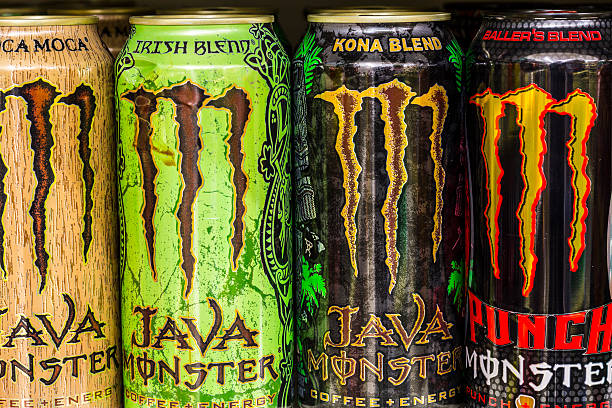In the vast and varied world of warm beverages, the chai latte holds a special place for many. A comforting blend of spiced tea and creamy milk, it’s a drink that bridges the gap between the boldness of coffee and the soothing qualities of herbal tea. As its popularity has soared in cafes and kitchens around the globe, so has curiosity about its nutritional aspects, particularly its caffeine content. Understanding how much caffeine is in a chai latte is more than an exercise in beverage analysis; it’s a key to unlocking the drink’s place in our daily lives, influencing everything from our morning routines to our afternoon pick-me-ups. Unlike its coffee counterparts, a chai latte offers a different level of complexity and warmth, but the question remains: How does its caffeine content compare, and what does this mean for those who savor it? This article delves into the heart of the chai latte, exploring the factors that affect its caffeine levels, its comparison with other popular beverages, and what all of this means for chai latte enthusiasts seeking balance in their caffeine consumption.
Understanding Caffeine
Caffeine is a naturally occurring stimulant compound found in the leaves, seeds, and fruits of over 60 plant species worldwide. It is part of a group of stimulants called methylxanthines. Once consumed, caffeine is quickly absorbed into the bloodstream and travels to the brain where it has effects on mood, alertness, concentration, and brain function. It works by blocking adenosine receptors in the brain which promote sleepiness. This is why caffeine can temporarily ward off drowsiness and sharpen focus. However, caffeine does not provide energy itself; it simply unmasks the natural state of alertness in an individual.
Caffeine is present in many popular drinks including coffee, black tea, yerba mate, guarana, and cacao. It is also added to some soda, energy drinks, and supplements. Both the amount of caffeine and the rate of absorption impact the stimulant effects felt by the body. Factors like age, weight, medication use, and individual sensitivity also influence caffeine response. High daily intakes above 400mg may produce side effects like insomnia, headaches, irritability, anxiety, and heart palpitations in some people. This is why health authorities suggest limiting caffeine consumption to no more than 300-400mg per day for healthy adults.
Factors Influencing Caffeine Content in Chai Lattes
The caffeine content of a chai latte depends largely on three key factors:
- Tea Leaf Type: The tea plant source impacts caffeine levels substantially. Traditional chai is made with black tea leaves which can contain around 40-70mg caffeine per 8oz serving. However, many commercial chai tea blends combine black tea with lower-caffeine teas like rooibos or herbs to create a more balanced, less stimulating effect.
- Ingredient Quantities: The proportion of tea leaves to other ingredients like spices, milk, and sweeteners helps determine the concentration of caffeine. More tea relative to other ingredients increases caffeine content. With mainly milk and spices, caffeine levels are lowered.
- Serving Size: Total caffeine is directly tied to beverage size. An 8oz chai will generally have less caffeine than a 12oz or 16oz drink made from the same ratio of ingredients. Doubling serving size can potentially double the caffeine.
So a strong, black tea-based chai latte served in a large cup size could potentially contain quite high caffeine, while a heavily diluted chai with minimal tea may be fairly low. Understanding how these factors interact is helpful for estimating caffeine intake.
Caffeine Content: Chai Latte vs. Other Beverages

Caffeine Content: Chai Latte vs. Other Beverages
On average, a typical chai latte made with 8oz of milk and a standard amount of black tea contains around 35-45mg caffeine. However, caffeine amounts can range hugely based on specific preparation methods.
Comparing chai lattes to other caffeinated beverages:
- Brewed coffee (8oz) – 70-140mg
- Black tea (8oz) – 25-48mg
- Green tea (8oz) – 25-29mg
- Chai latte (8oz) – 35-45mg
- Hot chocolate (8oz) – 5-10mg
- Decaf coffee (8oz) – 0-7mg
So chai generally contains less caffeine than drip coffee, about the same as black tea, more than green tea or hot chocolate, but way more than herbal caffeine-free choices. Again, these are broad generalizations and caffeine levels can deviate substantially depending on the specific beverage source and recipe.
Brewing Techniques and Their Impact
How a chai latte is made can significantly influence caffeine content. Here are some brewing factors that increase concentration:
- Smaller tea leaf size – Broken down leaves release more caffeine
- Higher water temperature – Hotter water extracts more caffeine
- Longer brewing time – Extended steeping pulls out more caffeine
- More tea leaves – Higher tea to water ratio means more caffeine
- Repeated brewing – Reusing tea bags/leaves increases extraction
Preparation methods that may lower caffeine content include:
- Large tea leaves – Remain mostly intact to minimize caffeine release
- Lower water temperature – Reduces extraction from leaves
- Shorter brew time – Less opportunity to pull out caffeine
- Fewer tea leaves – Lower tea to water ratio decreases concentration
- Single use – Using tea bag just once prevents further extraction
So using high quality full tea leaves, brewing with cooler water just below boiling, and minimizing steeping time allows for a milder infusion that retains flavor without overly high caffeine levels.
Variations in Chai Latte Preparations

Variations in Chai Latte Preparations
There are many variations when making chai lattes that affect caffeine content:
- Homemade chai allows full control over ingredients and strength. But pre-blended instant powders offer convenience, consistency, and often less caffeine.
- Black tea makes a robust, high caffeine base. Green or white tea creates a milder effect. Herbal blends using rooibos offer natural flavor without caffeine.
- Warming spices like ginger, cardamom, cinnamon, cloves, star anise, fennel, and black pepper add flavor complexity without significantly affecting caffeine levels.
- Sugar, honey, maple syrup, agave, or stevia can help balance chai flavor without altering caffeine content. Artificial sweeteners provide sweetness without calories or caffeine changes.
- Milk proteins bind to caffeine molecules, potentially slowing absorption. Full fat types like whole milk may do this best. Non-dairy alternatives like coconut milk generally don’t impact caffeine.
- A stronger tea concentrate in a smaller cup size means more caffeine intensity. Weaker dilution in a larger serving cuts caffeine delivery.
- Simply aerating and frothing the chai latte doesn’t change caffeine content, only texture and flavor.
So whether homemade or pre-made, chai can be adapted in many ways to suit individual caffeination preferences and health needs.
Health Considerations and Recommendations
For most healthy adults, moderate caffeine intake from chai lattes is not harmful, but effects vary based on the individual. Those more sensitive may want to limit chai lattes to occasional treats rather than daily habits. People at higher risk of side effects like adolescents, pregnant women, and those with certain medical conditions should take extra care to restrict overall caffeine, including from chai.
To optimize caffeine health and safety:
- Limit chai latte size to 8-12oz per serving
- Choose lower caffeine tea bases like green tea or herbal blends
- Opt for lighter tea strength and longer milk steeping
- Avoid adding extra tea bags/leaves or repeat brewing
- Read labels carefully on commercial chai mixes and bottled teas
- Drink later in the day to prevent interference with sleep
- Allow days without caffeine weekly as a reset for the body
Following these tips helps promote safe enjoyment of chai lattes while also controlling caffeine exposure. People should always listen to their body for signs of individual overconsumption.
Decaffeinated Chai Lattes
To avoid caffeine while still enjoying chai flavor, decaffeinated versions are available:
- Herbal chai – Uses caffeine-free rooibos or other herbals instead of black tea
- Decaf black tea – Removes nearly all caffeine through low heat CO2 extraction
- Half-caf – Combines decaf black tea with caf black tea for mid-range caffeine
- Decaf chai tea bags – Specially processed to remove most caffeine while retaining taste
Decaf chai lacks the alertness boost but provides comforting flavor and ritual enjoyment without sleep or health concerns. Caution is still needed as decaffeinated drinks can contain trace caffeine levels around 3-5mg per serving. Those highly sensitive should opt for herbal caffeine-free choices.
Consumer Tips Chai Lattes

Consumer Tips Chai Lattes
Choosing chai lattes involves individual factors like caffeine tolerance, health status, time of day, diet, and flavor preferences. To better navigate options:
- Compare preparation methods – more diluted and briefly steeped coffeeshop chai may differ from a robust homemade version.
- Read labels carefully – check ingredients lists for tea types and relative proportions. See caffeine amounts or look for decaf/half-caf indicators.
- Inquire about caffeine practices – ask baristas if they use caffeine minimizing methods for certain drinks.
- Start slowly – consume a smaller size or diluted strength at first to judge effects before increasing portion or intensity.
- Pick plain versions – sweetened flavored chai can make caffeine intake harder to estimate. Stick to original or lightly sweetened.
- Mind the toppings – added espresso shots or extra chocolate substantially increase caffeine dosage. Skip them if avoiding excess stimulation.
- Alternate with herbal options -replace occasional chai lattes with rooibos or caffeine-free herbal teas for balance.
Conclusion: How Much Caffeine is in a Chai Latte
Chai lattes provide a delicious and comforting alternative to regular coffee and tea beverages. Their sweet, creamy flavors pair nicely with warm spices reminiscent of authentic Indian Masala chai. However, their caffeine content can vary substantially based on specific recipe, preparation method, tea type, and cup size. On average, chai lattes contain 35-45mg of caffeine per 8oz serving – less than a standard cup of brewed coffee but more than decaf or herbal teas. Consumers should account for personal caffeine sensitivity, time of day, and health considerations to determine appropriate intake levels. Those wishing to minimize caffeine can opt for decaf chai made with herbal teas or decaffeinated black tea instead. Understanding the many factors influencing caffeine content empowers chai lovers to mindfully craft and enjoy chai lattes suited to their individual preferences, needs and tolerances.

